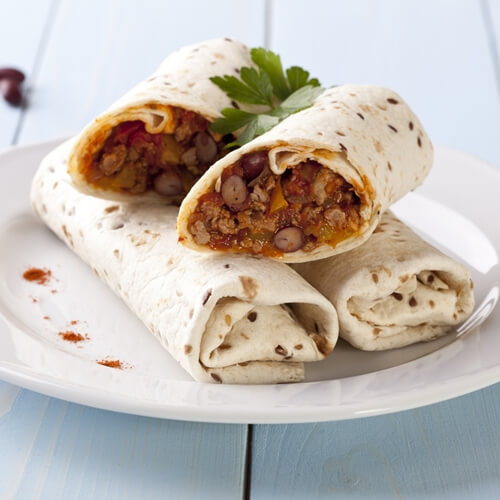An Introduction To Mexican Cooking Techniques
Type “Mexican food” into any search engine, and it’s likely you’ll be greeted with a barrage of restaurant options. Why is that though? On the one hand, it has to do with the taste of many items, with burritos, tacos, tortas, enchiladas and carne asada become increasingly popular for many diners. Yet perhaps it goes much deeper than that, less about the actual food items and more how they’re actually prepared. Within the greater tradition of Mexican cooking, chefs have a unique way of doing things, from the ingredients they use and their methods to their overall attitudes on food and eating.
If you’re interested in gaining some insight into the effort that goes into Mexican cooking, then the following guide is worth perusing.
Dry roast everything
Perhaps one of the signatures of Mexican cooking is the fact that most of the salsas are dry roasted. This is a preferred method because it awakens the deep-seated flavors within most salsa ingredients, which includes tomatoes, onions and the chilies. To dry roast, simply take your ingredient – the onions and tomatoes should be halved – and sprinkle them with salt and spices like rosemary and oregano. For your next step, place the ingredients in the oven at 400 degrees Fahrenheit for four hours, until most of the juice has been evaporated. The resulting ingredients are far more crunchy and thus easier to turn into powder for cooking.
Kinds of chilies
The cornerstone of most Mexican dishes is the heat and flavor provided by chilies. There are over 60 different varieties across the world, but some of the more common options include:
- California chilies: Usually light green in colored, these chilies have a decidedly mild taste. True California chilies are tapered at the end.
- Serrano chilies: Despite being just a half-inch long, these chilies are among the hottest.
- Guajillo chilies: About four to five inches in length, these red chilies should be de-seeded and allowed to soak before cooking. While they’re common in many dishes, they’re preferred for the color they contribute over the taste.
- Jalapeno chilies: Perhaps of all these chilies, the jalapeno is perhaps the most well known and widely used. You’ll want to opt for plumper chilies, which are usually a sign of freshness.
When handling hot peppers, be sure to always wear gloves and avoid touching your face whenever possible.
Matters of the meat
Meat is a common dish amongst many cultures, but Mexican chefs have a unique approach to most dishes. For one thing, they usually opt for the shanks, butts and shoulders of lamb and beef alike. Generally, these are less expensive than many prime cuts of meat. Yet some chefs might wonder how they can still create that optimal flavor with a less-than-perfect slab of meat. The first step is to use a marinate, which helps give the meat not only flavor but that oh-so important kick of spice. Secondly, you should always slow cook any meat, as that’s the way to make for the most tender cuts possible. Additionally, tender meat is often extra absorbent and far less labor intensive to chew.
Want more tips and tricks like these? Then enroll in culinary academy today.


